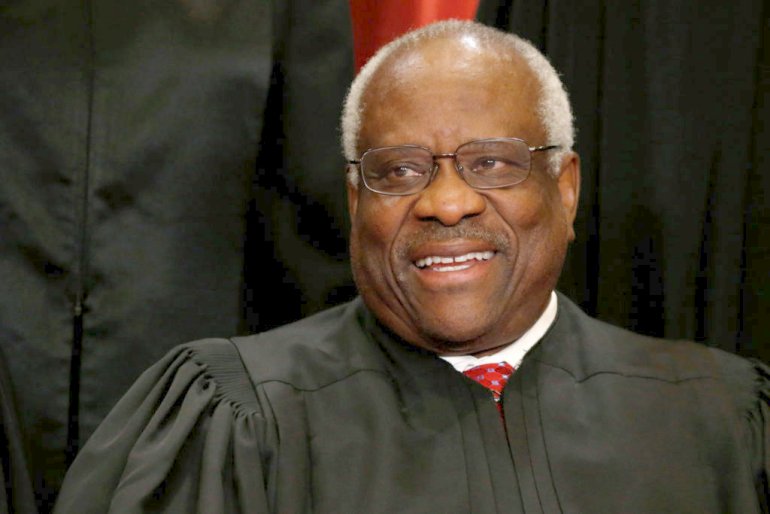Our Constitution allows the American people—not the government—to decide which weapons are useful for self-defense. “A constitutional guarantee subject to future judges’ assessments of its usefulness is no constitutional guarantee at all.” In line with that principle, and with the tradition of prohibiting only dangerous and unusual weapons, we have never relied on our own assessment of how useful an arm is for self-defense before deeming it protected.
In Heller, we found handguns protected because that “class of ‘arms’ . . . is overwhelmingly chosen by American society for th[e] lawful purpose” of “self-defense.” In Caetano, we recognized that stun guns were protected arms solely because they were not “ ‘unusual,’ ” without addressing the state court’s holding that stun guns were “ ‘dangerous per se at common law.’ ” And, in Bruen, we again found “handguns” protected solely because they are “ ‘in common use’ today for self-defense,” without inquiring whether they are in fact useful for that purpose. …
I would not wait to decide whether the government can ban the most popular rifle in America. That question is of critical importance to tens of millions of law-abiding AR–15 owners throughout the country. We have avoided deciding it for a full decade. And, further percolation is of little value when lower courts in the jurisdictions that ban AR–15s appear bent on distorting this Court’s Second Amendment precedents. I doubt we would sit idly by if lower courts were to so subvert our precedents involving any other constitutional right. Until we are vigilant in enforcing it, the right to bear arms will remain “a second-class right.”
The constitutional status of AR–15s is all the more urgent after this Court’s decision in Bondi v. VanDerStok. Recently amended regulations of the Bureau of Alcohol, Tobacco, Firearms and Explosives (ATF) provide that a “firearm” under the Gun Control Act includes objects that “may readily be completed, assembled, restored, or otherwise converted to” a working firearm. In VanDerStok, this Court refused to hold that definition unlawful, reasoning that an “artifact noun”—that is, a “word for a thing created by humans”—may “refer to unfinished objects,” and thus that weapon-parts kits are as regulable as the firearms they might eventually become.
But, “ ‘every single AR–15 can be converted to a machinegun using cheap, flimsy pieces of metal—including coat hangers.’ ”. Thus, on the Court’s logic, it seems that ATF could at any time declare AR–15s to be machineguns prohibited by federal law. Until we resolve whether the Second Amendment forecloses that possibility, law-abiding AR–15 owners must rely on the goodwill of a federal agency to retain their means of self-defense. That is “no constitutional guarantee at all.” I respectfully dissent.
— Justice Clarence Thomas’s dissent in the Court’s denial of cert in Snope v. Brown

SCOTUS just gave the antis the green light to pass anything they want. SCOTUS will not stop them. And we thought things were different now.